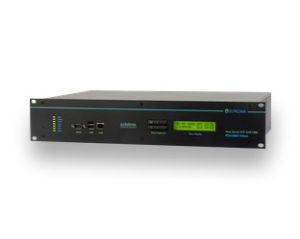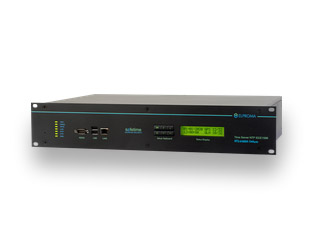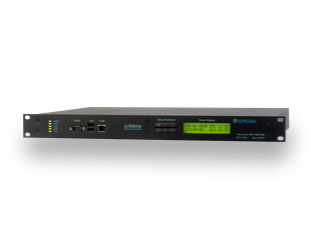Stock Exchanges & Banks need a 100us accuracy (at 1us resolution) to ensure financial FINRA, EMIR MiFID II directives (RTS25). The HFT matching engines based on sequence need to understand order of trade execution. Network low latency is important for colocation and must ensure 10mln tradings/1s. Today NYSE Wall Street and LSE requests more frequently a nanosecond accuracy coming via White Rabbit.
Traceability
Self-proclaimed accuracy is not enough – you must be able to prove, or trace, your accuracy to a known reference time source. In the US, this would be UTC(NIST), in Russia UTC(SU), in EU – depends on country. Inside EU, each country has it’s own UTC(k) maintained by local National Institute of Measurement like NPL-UK, INRIM-Italy, GUM-Poland. The traceability is a multi-faceted aspect regulations. The FINRA & MiFID II for example, states “Members must document and maintain their clock synchronization procedures”. Among other requirements, members must keep a LOG of the times when they synchronize their clocks and the results of the synchronization process (system logging). The first step in meeting these requirements is auditing changes and synchronization of the local system. These logs can be used to answer the questions such as: (1) What is the chosen time server and synchronization frequency (2) When was the last synchronization and results of that synchronization (3) What actions were taken after the synchronization – did it discipline the clock? Finally, even best LOG tracing mechanizm hes no power without PKI e-signing. The TSA Timestamping RFC3161 is important for long-term preservation of financial operations.
MiFID II useful links:





